The very first Frazer automobile rolled off the assembly line on May 29, 1946.
And considering we just saw one come into the Akron, Ohio Summit Racing Retail Store, we figured now’s the perfect time to dive into Frazer history a little bit.

Born from World War II
The Frazer automobile line was a product of the newly-minted Kaiser-Frazer Corporation—a company with plenty of ties to the manufacturing muscle that helped propel the Allies to victory during World War II.
For starters, both company namesakes, Henry J. Kaiser and Joseph W. Frazer, played significant roles in the war effort.
Kaiser and his eponymous shipbuilding company were instrumental in the mass production of the famed “Liberty Ships” that transformed the U.S. maritime industry.
And though Kaiser was an ace at large-scale manufacturing logistics, it was Frazer who brought an extensive automotive background to the table.
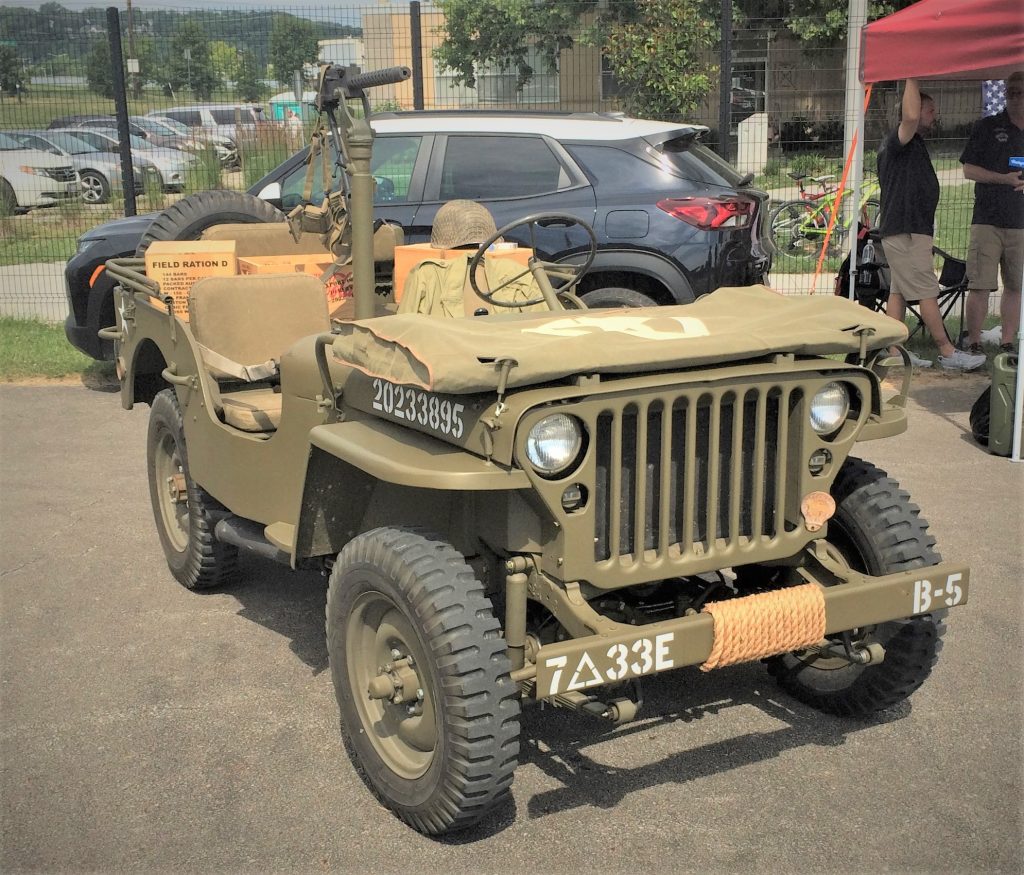
Frazer was a mechanic and engineer, and had picked up a trove of marketing experience while working with Packard, GM, and Chrysler. (In fact, it’s said that Frazer was the one who came up with the name “Plymouth” for Chrysler’s fledgling marque.)
In 1939, Frazer became President of Willys-Overland. And it was during that time that Frazer oversaw the development and production of the Willys MB—which you probably know better as the ubiquitous Army Jeep.
Ford had a part in the Jeep origin story too, read more here: It’s a Ford Thing: Learn About the Jeep’s Blue Oval Influence
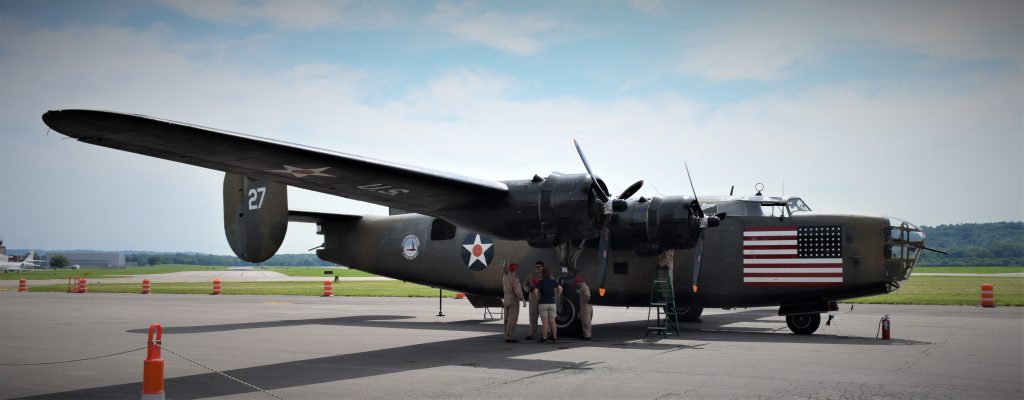
Secondly, the plant that produced Kaiser-Frazer cars was none other than the famed Willow Run facility near Ypsilanti, Michgan. It was originally built by Ford to assemble B-24 Liberator heavy bombers under license from Consolidated Aircraft.
When World War II ended, the dormant factory fell into the hands of the War Assets Administration. Ford declined to purchase the massive facility, allowing Kaiser-Frazer to buy the plant and move in.
The factory proved vital to Frazer’s strategy to quickly ramp-up automobile production after 1945—we’ll talk about that more in a moment.
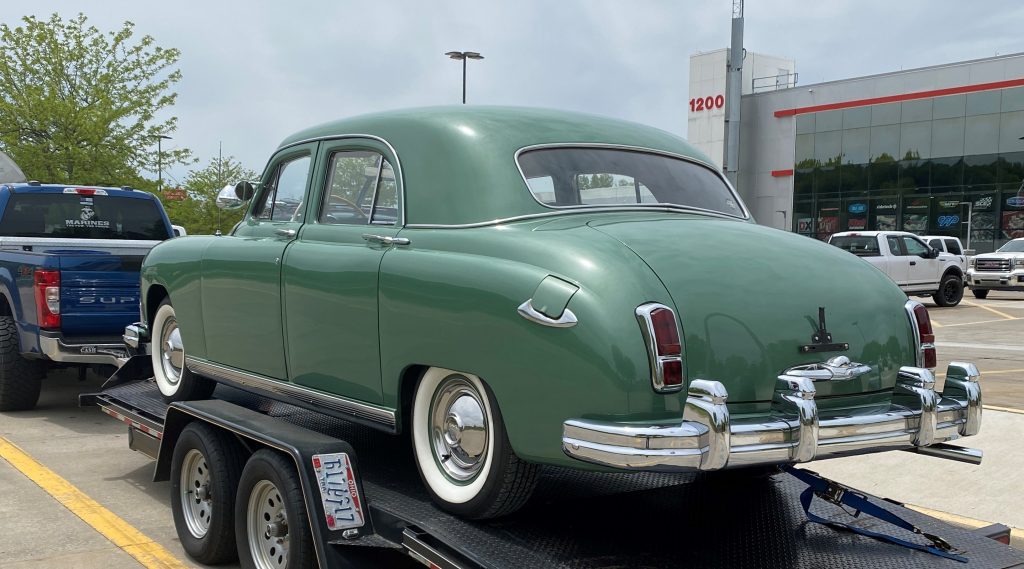
The Kaiser-Frazer Automobile Timeline
With an Allied victory imminent late in World War II, Frazer left Willys-Overland to lead the struggling Graham-Paige company and quickly put together a plan to produce a new automobile bearing his Frazer name.
But instead of revitalizing Graham-Paige, Frazer teamed up with Kaiser to hatch the Kaiser-Frazer Corporation, which absorbed and dissolved the Graham-Paige marque. Now with Kaiser’s manufacturing and logistics infrastructure behind the company, both Frazer and Kaiser had aspirations of thwarting the Big Three’s market dominance. The strategy was to position the Kaiser brand as the more mainstream line, while the Frazer moved upscale to serve the luxury market.
Both lines shared similar mechanical architecture—with sleek, modern bodies penned by legendary designer Howard “Dutch” Darrin.
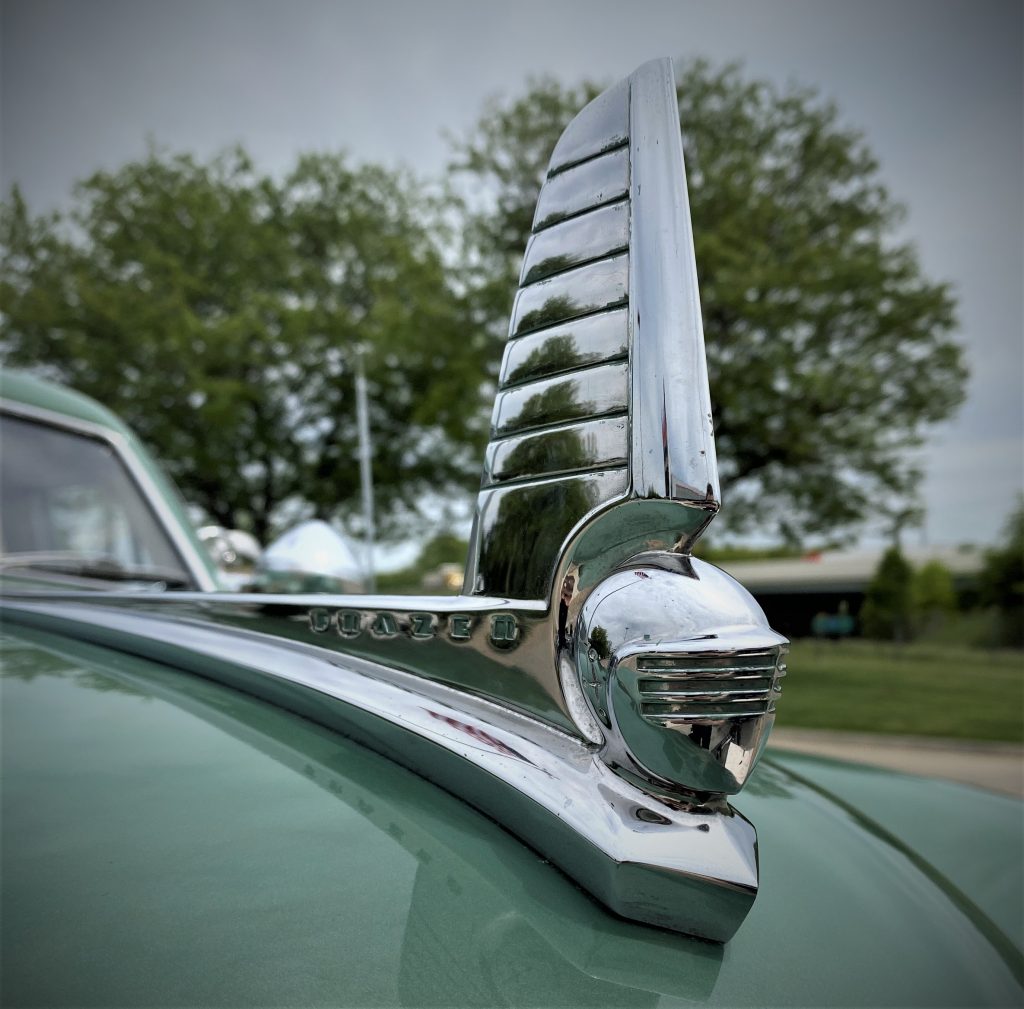
But more importantly, a big part of the Kaiser-Frazer game plan was to come out of the gate fast with completely new car models as soon as the War ended, which resulted in Frazers hitting public roads by the summer of 1946.
Since GM, Ford, and Chrysler were still retooling from the war effort and wouldn’t be able to refresh their lines until the end of the decade, executives hoped Frazer’s head start with contemporary styling would give its cars a big market advantage.
And it did.
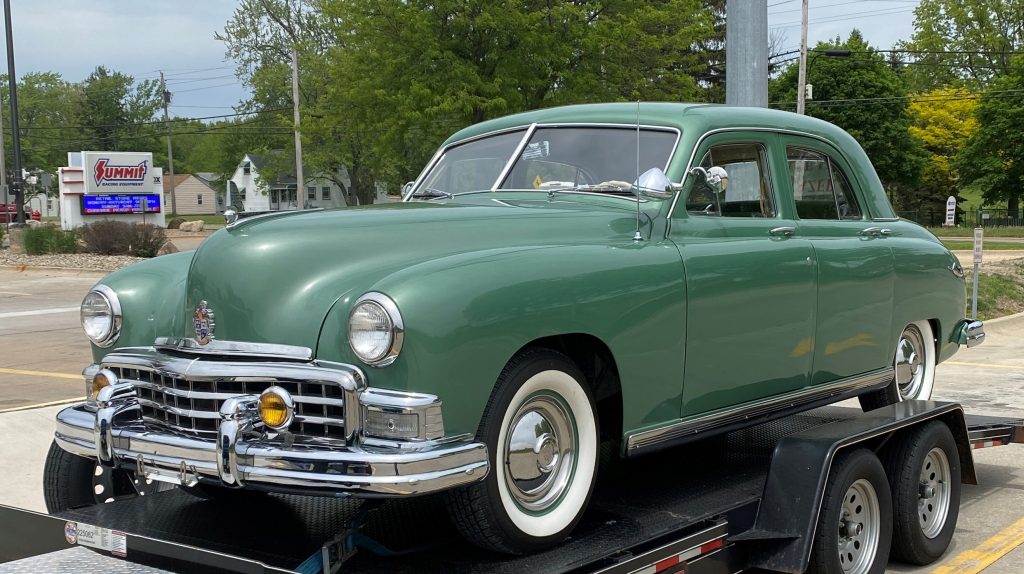
By 1948, Kaiser-Frazer was the country’s fourth largest automaker and its lineup included convertibles, “utility” sedans, and even a taxi cab variant. But the success was short-lived, as internal battles within the company put stress on the Kaiser-Frazer partnership.
As a result, Frazer’s influence began to fade, and by 1949, he was on his way out of the Kaiser-Frazer Corporation.
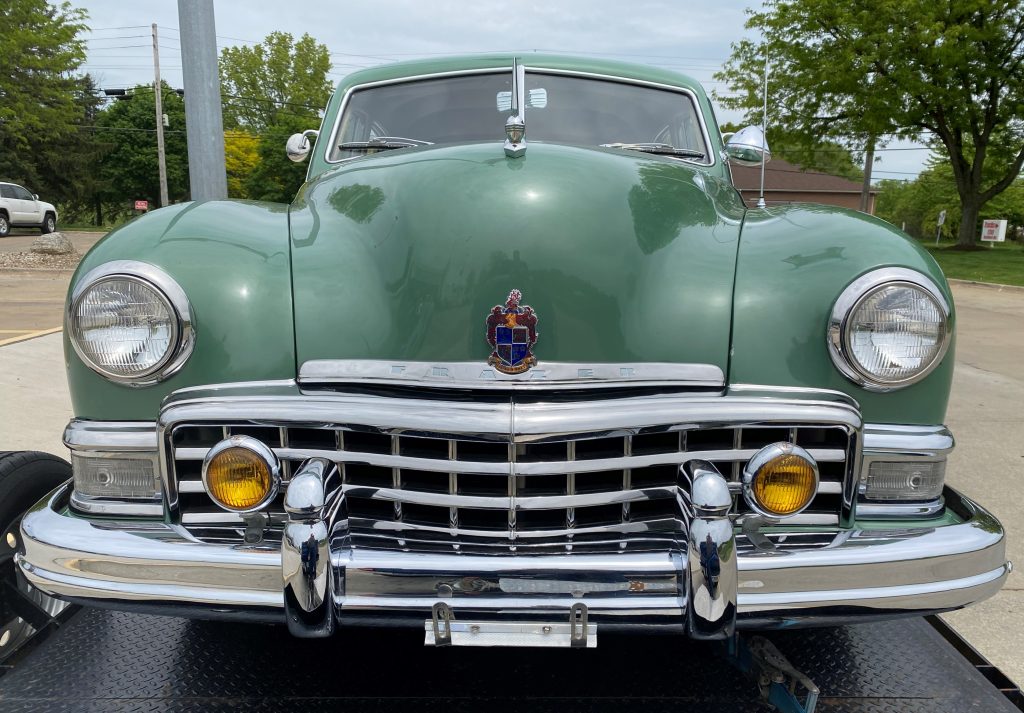
More importantly, around that same time Detroit’s Big Three had caught up and started bringing all-new models to dealer showrooms. Not to be outflanked by its rivals, Kaiser-Frazer had anticipated the increased competition and gave its 1949 models a facelift.
Yet despite the 1949 mid-cycle refresh and a favorable public reception, Mr. Frazer’s absence was felt as more resources were being shifted to the Kaiser brand. The lack of attention to the Frazer line meant that 1950 models were virtually identical to the 1949 editions—and the end of the Frazer automobile was in sight.
Without Joseph W. Frazer at the helm and a dim future, the marque was shuttered in 1951.
1951 Frazers were largely carryover models from 1950.
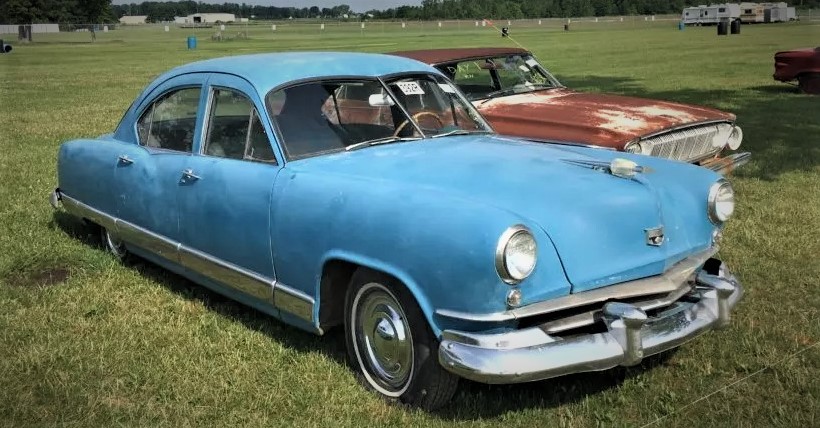
Kaiser, Willys, & the Aftermath
With the luxury marque gone, Kaiser-Frazer sold the once-shared Frazer models solely as Kaisers.
Also, despite Frazer’s departure, the Kaiser-Frazer Corporation continued producing several new stylish models—thanks in large part to a continued relationship with styling master Howard Dutch Darrin.
(There was also an ill-fated attempt to attract budget-minded consumers with the spartan Henry J during the booming 1950s economy, which many say hastened the demise of the company.)
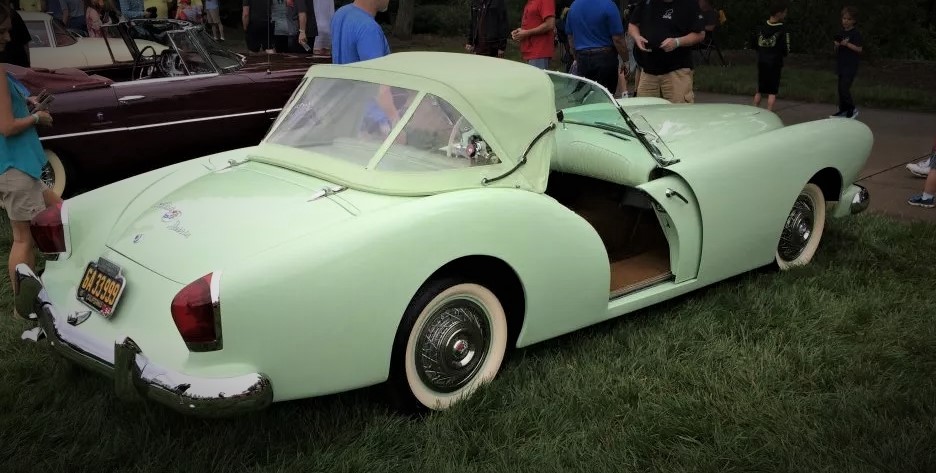
Then in 1953, Kaiser-Frazer purchased the Willys-Overland company and was rechristened Kaiser-Willys, dropping the Frazer name completely. With increasing demand for Jeeps and other rugged trucks and wagons, Kaiser-Willys left the passenger car market altogether in 1955. A few years later, the company name changed again to Kaiser-Jeep.
Ultimately, Kaiser-Jeep was absorbed into American Motors in 1970.
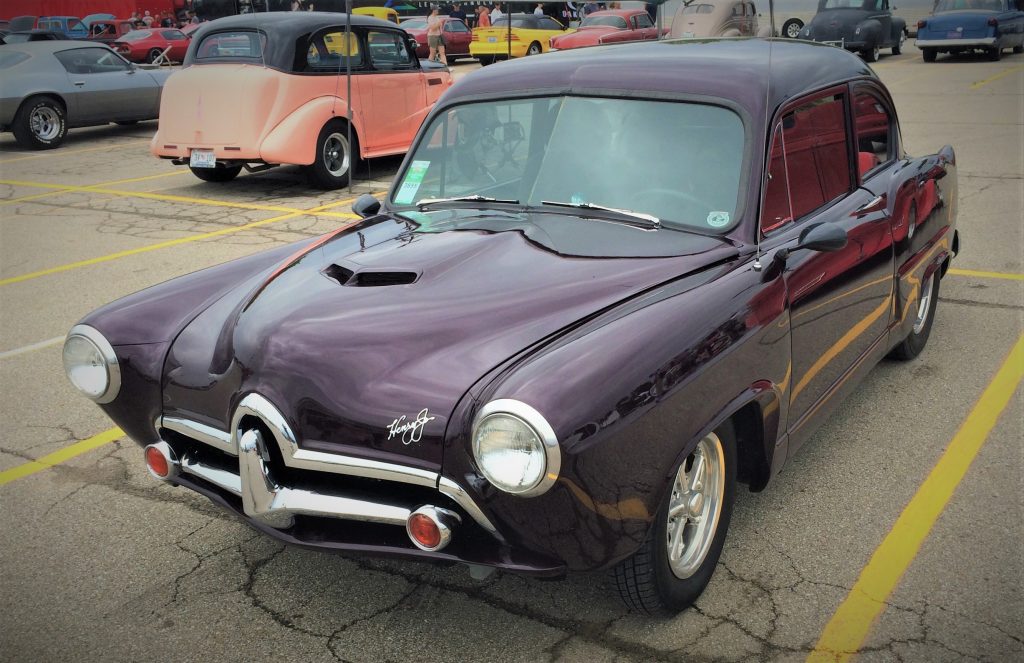
As for Frazer himself, he left the automotive industry during the 1950s and enjoyed retired life until his death in 1971.
All told, the Frazer automobile lineup lasted from 1947-51.
Yet from Plymouth to Jeep to Kaiser, the Frazer name is indelibly imprinted on American automotive history.

I had and drove a 1947 Frazer as a sailor during the Korean War. It was great but eventually it had to be retired. I gave it to one on my shipmate who drove it for a while and then …………..
The 1951 Kaiser has a heavy facelift with new roof and lower body and a two-piece and later on in 1953-55 one piece windshield.
My Dad bought a new 1948 Kaiser,it was my first car to drive , was a good car he let me use it for my dates! he kept it until 1969. had the valves ground once. The floor rusted out he then bought a used Ford.
Always got good gas mileage, never burnt oil but did leak a little at the rear main bearing, The engine was made a Continental
Nice article, but it seems to imply that Joe Frazier went straight from running Willys-Overland to partnership with Henry Kaiser. This is incorrect. In 1944, after five years at W-O, Frazer left to head up Graham-Paige, which had ceased production of passenger cars shortly before WWII, but was still an active manufacturer. Fraser envisioned returning to automobile production but lacked the funds, and thus turned to Henry Kaiser, who had accumulated considerable wealth as a ship builder, but lacked Joe Frazer’s knowledge of automobile manufacturing and marketing.
Hey James, sorry for the late reply, but you’re exactly right. In an effort to keep the article brief, we may have inaccurately truncated the Frazer timeline there–we’ve gone back and made some adjustments to make the evolution a bit more clear. Really appreciate the comment, and thank you for reading.
The car-buying public perceived the Frazer to be similar to the Kaiser, but with a higher/inflated price, so they purchased the cheaper Kaiser instead.